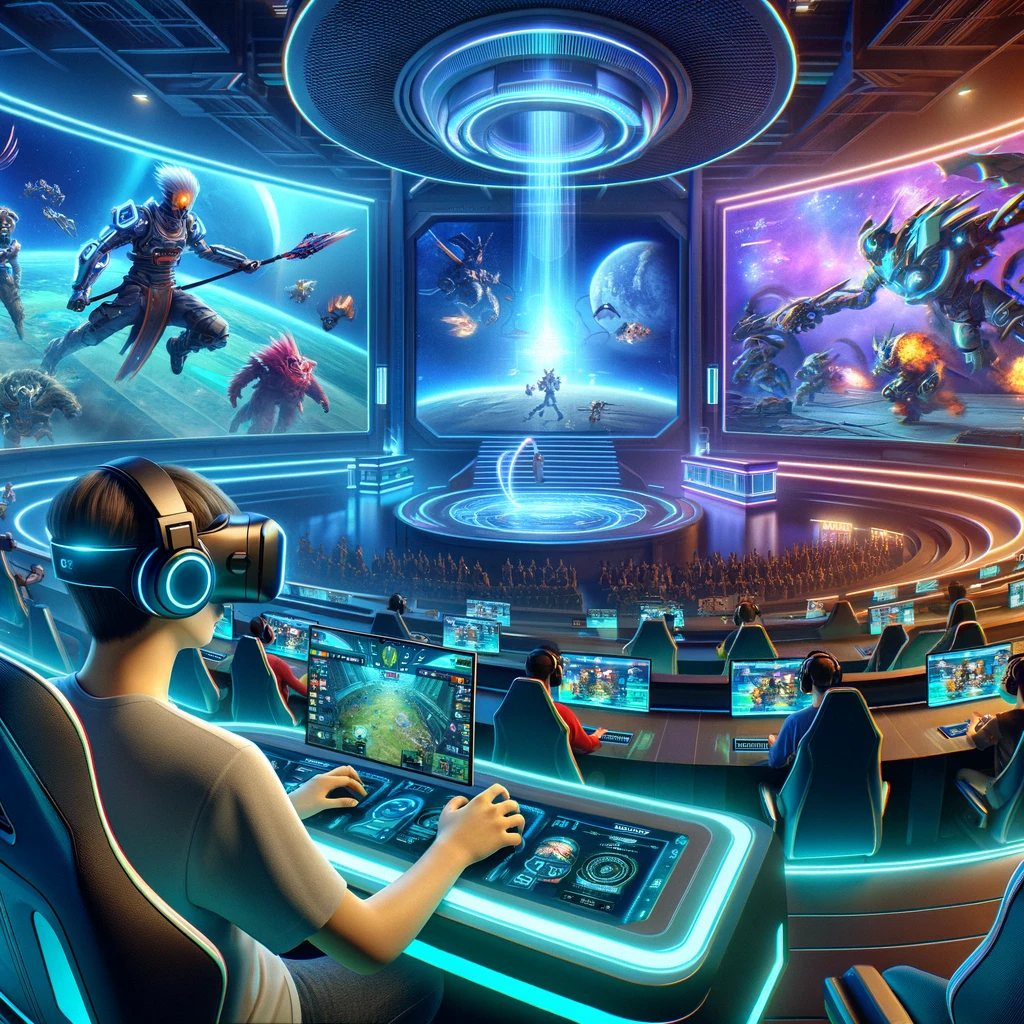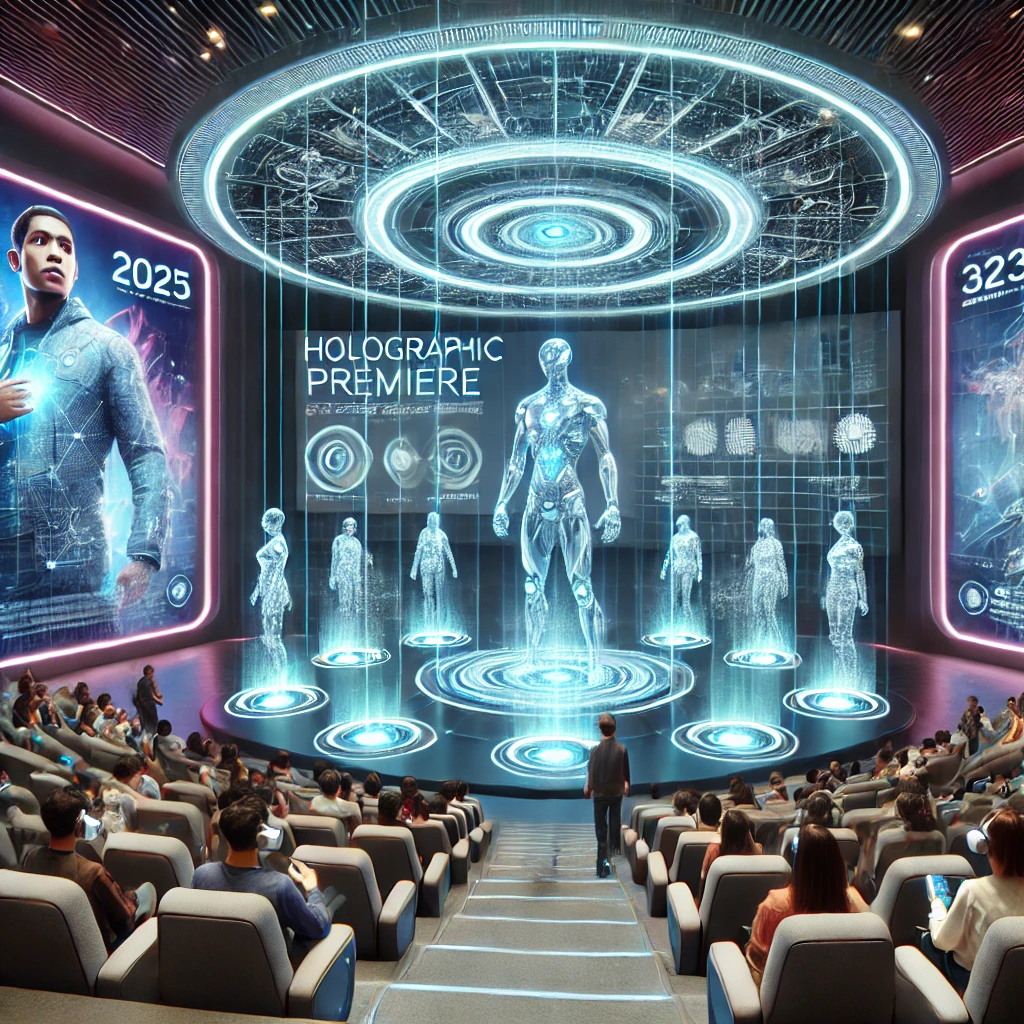Interactive Storytelling Platforms: Revolutionizing Entertainment Through Audience-Driven Narratives in 2025
Imagine watching a movie, reading a book, or playing a game where you control the direction of the story. What if you could decide the protagonist’s next move, vote on a pivotal plot twist, or even write the ending? This is no longer just a fantasy. In 2025, interactive storytelling platforms are transforming entertainment, blending creativity, technology, and audience participation into an entirely new way of experiencing stories.
These platforms are redefining the role of the audience, turning passive viewers into active participants. From crowd-sourced narratives to AI-driven plot personalization, interactive storytelling represents a thrilling new frontier in modern entertainment. Let’s explore how these platforms work, the technologies driving them, and their profound impact on creators and audiences alike.
The Evolution of Storytelling: From Passive to Interactive
Traditional Storytelling: A Fixed Narrative
For centuries, storytelling followed a one-way path. Whether through books, films, or theater, the narrative was pre-determined, leaving the audience as mere spectators. This linear approach offered no room for input or interaction.
The Rise of Interactivity
Digital advancements have flipped the script. Today, interactive storytelling allows audiences to co-create narratives, choose outcomes, and shape the story’s trajectory. Platforms like Wattpad and Netflix’s Black Mirror: Bandersnatch have paved the way, offering experiences where every choice matters and every audience member becomes part of the creative process.
How Interactive Storytelling Platforms Work
Key Features of Audience-Driven Platforms
- Branching Narratives
- These platforms utilize choice-based storytelling, where decisions made by the audience determine the plot’s direction. For instance, a protagonist’s fate may hinge on whether they fight or flee in a critical moment.
- Crowd-Sourced Creativity
- Some platforms, like Wattpad, enable real-time collaboration. Readers can suggest character arcs, propose alternate endings, or vote on pivotal decisions.
- AI-Powered Personalization
- Artificial intelligence tailors storylines to individual preferences. If users consistently favor romantic subplots, the platform might introduce more emotionally charged scenarios.
- Multimedia Integration
- By blending text, video, audio, and interactive elements, these platforms create rich, immersive experiences that captivate audiences.
Real-World Examples of Interactive Storytelling Platforms
Wattpad: The Power of Collaborative Writing
Wattpad revolutionized storytelling by allowing writers to upload serialized content while engaging directly with readers. Its interactive features include audience voting on plot developments and providing real-time feedback, fostering a collaborative creative environment.
Gaming: Immersion Through Choice
Games like The Witcher series and Detroit: Become Human have taken interactive storytelling to new heights. Players’ choices shape the narrative, leading to multiple possible endings. By 2025, AI-driven adaptive gameplay ensures even more nuanced and personalized experiences.
Netflix’s Black Mirror: Bandersnatch
This interactive film lets viewers make decisions for the protagonist, creating a hybrid form of storytelling that blurs the line between cinema and gaming. It’s a groundbreaking example of how audience-driven plots can transform traditional media.
The Technology Powering Interactive Storytelling
1. Artificial Intelligence (AI)
AI analyzes audience input to generate adaptive narratives. By learning user preferences, it crafts tailored experiences, making each story unique.
2. Natural Language Processing (NLP)
NLP tools enable platforms to integrate user-generated text into the narrative seamlessly. This allows for organic, real-time collaboration between creators and audiences.
3. Blockchain for IP Protection
Blockchain technology safeguards intellectual property, ensuring contributors’ ideas and input are securely attributed.
4. Augmented and Virtual Reality (AR/VR)
AR and VR elevate storytelling by immersing audiences in dynamic environments. Imagine stepping into a story and physically interacting with characters and objects to shape the plot.
5. Gamification Mechanics
Interactive platforms often incorporate game-like features, such as leaderboards or achievements, to engage users further and enhance the storytelling experience.
The Appeal of Audience-Driven Narratives
Personalization and Control
Interactive storytelling offers unparalleled personalization. Each choice feels meaningful, making the audience an integral part of the story’s development.
Emotional Engagement
When viewers actively shape the narrative, their emotional investment deepens. They’re not just observing the story—they’re living it.
Community and Collaboration
These platforms foster communities of creators and participants who collaborate and connect over shared narratives. This sense of collective ownership strengthens the bond between audiences and stories.
Challenges in Interactive Storytelling
Balancing Creator Vision with Audience Input
While audience participation enriches storytelling, too much input can dilute the creator’s artistic intent. Striking the right balance is key.
Technical Complexity
Building adaptive, choice-driven narratives requires sophisticated technology and significant investment.
Monetization and Accessibility
Ensuring these platforms remain accessible while rewarding creators fairly is an ongoing challenge.
The Future of Interactive Storytelling
Integration with VR and AR
As AR and VR technologies advance, stories will become increasingly immersive. Audiences will step into virtual worlds where their actions directly influence outcomes.
AI Co-Creation
AI will evolve into a co-creator, helping writers develop adaptive narratives and seamlessly integrating audience input into ongoing plots.
Cross-Media Storytelling
Narratives will transcend individual mediums, flowing between books, films, games, and live performances. Imagine starting a story on a mobile app and concluding it in a VR theater.
Conclusion: Shaping the Stories of Tomorrow
Interactive storytelling platforms are more than just a novelty—they’re a revolutionary shift in how we create and consume narratives. By empowering audiences to shape plots and participate in the creative process, these platforms foster deeper engagement, richer stories, and stronger connections.
As technology continues to advance, the possibilities for interactive storytelling are boundless. Whether through AI-driven narratives, immersive AR experiences, or collaborative writing communities, one thing is clear: the future of storytelling is here, and it’s in the hands of the audience. Are you ready to take control and craft your own narrative?
Meta Description: Explore how interactive storytelling platforms are transforming entertainment in 2025. Learn how audience-driven plots, AI, and immersive technologies are reshaping narratives.




